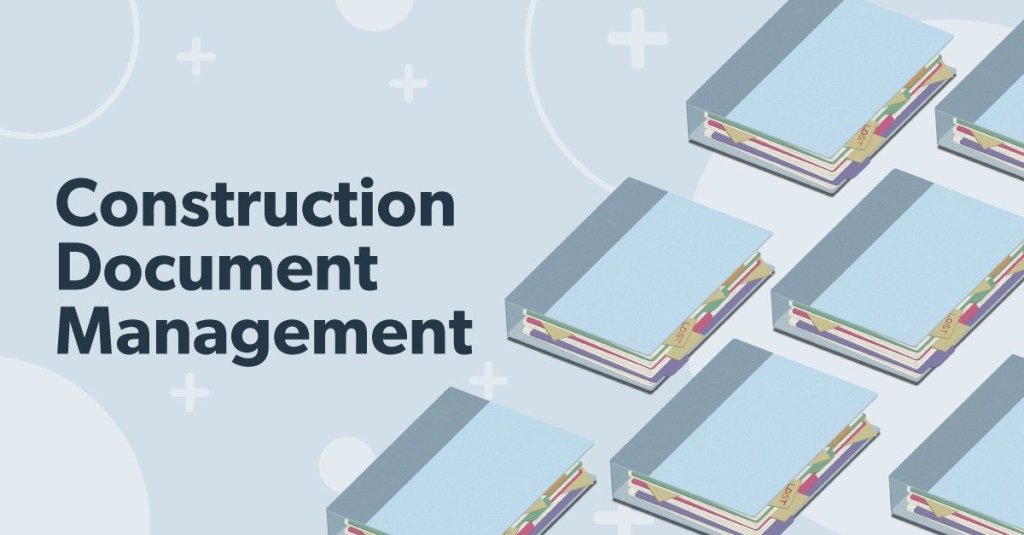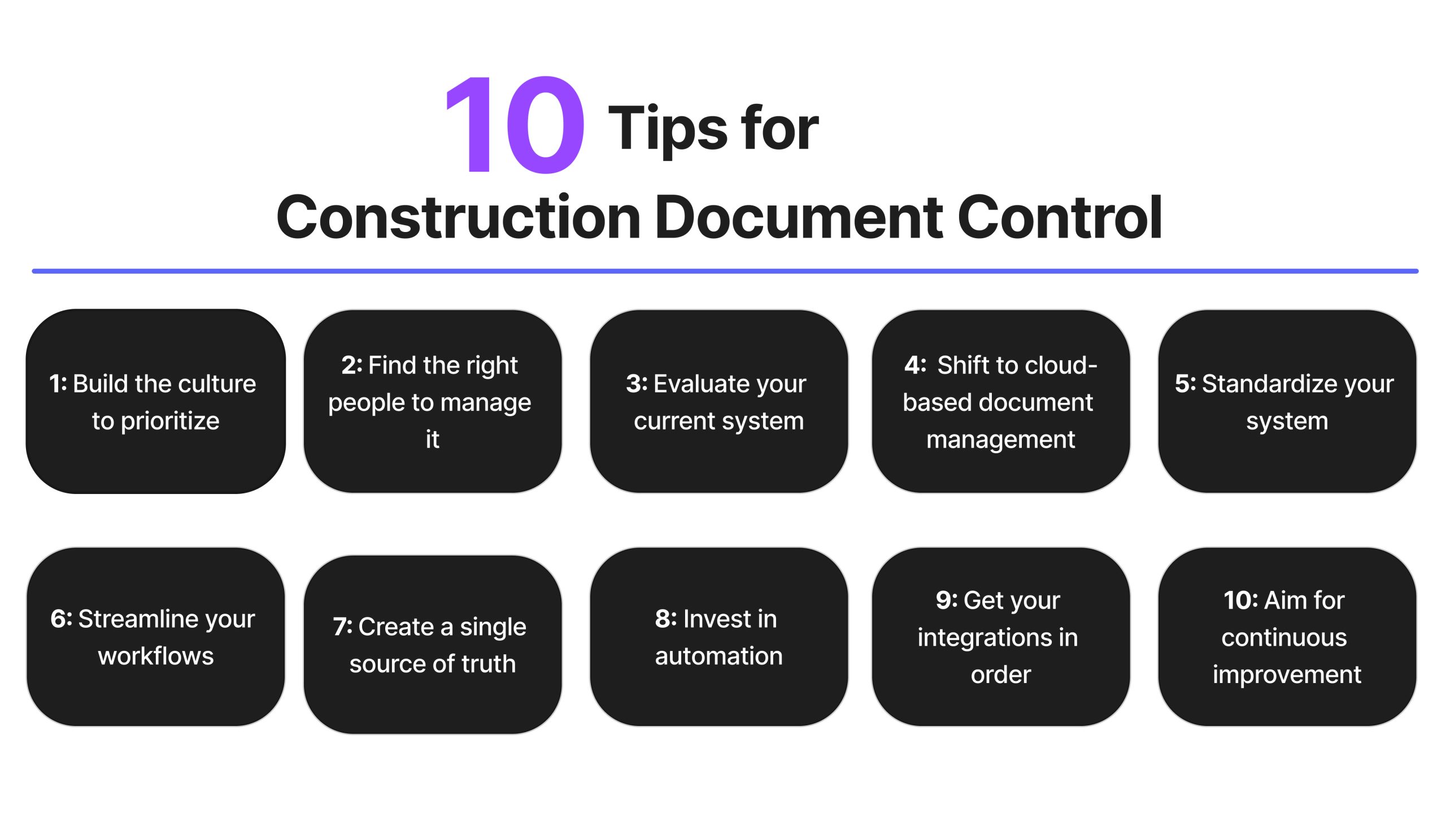From Mayhem to Control: Using the Prospective of Construction Document Management
From Mayhem to Control: Using the Prospective of Construction Document Management
Blog Article
Optimizing Project Collaboration: Engineer's Ideal Practices in Building And Construction Paper Monitoring
In the elaborate world of building jobs, the reliable management of building documents stands as a keystone for success. Among this intricacy exists an essential question: just how can designers streamline partnership processes to boost project outcomes?
Leveraging Cloud-Based Systems
Leveraging cloud-based platforms is a fundamental technique for modern designers in enhancing construction document administration processes. By transitioning from conventional paper-based systems to cloud options, engineers can enhance collaboration, enhance document accessibility, and improve total project effectiveness. Cloud-based systems supply designers the capability to shop, share, and upgrade construction documents in real-time, guaranteeing that all staff member have access to the most current details regardless of their area. This availability advertises seamless interaction and sychronisation among project stakeholders, causing fewer errors and hold-ups in the construction procedure.
Moreover, cloud-based systems supply a protected atmosphere for keeping sensitive project information, providing encryption, regular back-ups, and customer approval setups to secure data honesty. Architects can additionally benefit from the scalability of cloud solutions, enabling them to readjust storage space capability and performance based on job demands. On the whole, leveraging cloud-based platforms empowers architects to enhance their construction record management processes, driving greater collaboration, efficiency, and success in their projects.
Implementing Variation Control Systems
Having actually established the advantages of cloud-based systems in building record management, designers can currently enhance their paper control processes by carrying out Version Control Solution. Variation Control Equipment (VCS) are crucial devices that track adjustments in files, ensuring that group members are constantly working with the most up to date and most precise info. By executing VCS, designers can maintain a centralized database where all job files are saved, allowing seamless partnership while decreasing the risk of mistakes and version disputes.
One secret advantage of Version Control Equipment is the ability to track the full history of paper modifications, allowing individuals to change to previous versions if needed (construction document management). This attribute is particularly beneficial in construction tasks where style versions and alterations are typical. Moreover, VCS assists in better communication among staff member by giving a clear audit trail of who made specific modifications and when they were made. This openness not only enhances responsibility however likewise assists in resolving conflicts or inconsistencies that may arise throughout the project lifecycle.
Developing Communication Methods
To make certain effective and effective task sychronisation, architects have to develop clear and robust interaction methods within their building and construction paper monitoring processes. Interaction methods define the methods, regularity, and channels whereby group participants exchange details, updates, and comments. One important element of establishing these procedures is identifying a centralized interaction platform where all project-related discussions and document sharing can occur. This system could be a project monitoring software application, e-mail strings, or cloud-based storage remedies. By setting guidelines on how information is disseminated and how employee interact with each other, architects can improve the circulation of information and stop miscommunications or delays in the building and construction procedure.
Furthermore, interaction methods must also include standards on how to handle problems, modification orders, and immediate issues that might occur throughout the job lifecycle. Developing a structured technique to interaction ensures that all stakeholders get on the very same page, promotes openness, and eventually adds to the successful conclusion of the building task.
Utilizing BIM Software Application for Coordination
BIM software application plays a crucial role in enhancing sychronisation among job team members in the building market. Structure Info Modeling (BIM) promotes cooperation by offering a centralized platform where engineers, designers, contractors, and other stakeholders can interact in a coordinated fashion. Via BIM software, project participants can access and update a shared design which contains detailed details about the building style, building components, and job routines.

Moreover, BIM software program allows real-time partnership and communication among employee, no matter their physical place. Via cloud-based BIM systems, project Discover More stakeholders can access the current task information, track adjustments, and make informed choices promptly. Generally, leveraging BIM software for coordination boosts task performance, productivity, and inevitably results in effective task end results.
Ensuring Information Protection and Conformity
In the realm of building record management, safeguarding information honesty and ensuring governing compliance are vital considerations for designers and various other task stakeholders. Architects should execute robust security procedures to protect sensitive task information from unauthorized accessibility or violations. Utilizing safe cloud storage space options with encryption protocols and accessibility controls can assist minimize threats connected with data theft or loss. On a regular basis updating software program and systems, performing safety and security audits, and providing personnel training on data security ideal methods are crucial action in maintaining a safe and secure atmosphere for building and construction paper administration.

Conclusion
Finally, designers can maximize job collaboration in building and construction document monitoring by leveraging cloud-based platforms, executing variation control systems, establishing communication protocols, making use of BIM software for sychronisation, and guaranteeing data safety and compliance. These best methods aid enhance the building and construction procedure, enhance communication amongst job stakeholders, and enhance Recommended Site efficiency in project distribution. By adhering to these standards, architects can efficiently manage building papers and facilitate successful job outcomes.
With BIM software application, project participants can access and update a common version that includes comprehensive details regarding the building design, construction components, and job routines.
With cloud-based BIM systems, job stakeholders can access the latest project details, Related Site track adjustments, and make educated choices immediately - construction document management. Overall, leveraging BIM software application for sychronisation boosts job effectiveness, efficiency, and eventually leads to successful project end results
In final thought, designers can maximize project cooperation in building and construction record administration by leveraging cloud-based platforms, applying variation control systems, developing interaction methods, using BIM software application for control, and making sure information safety and security and compliance. These best methods aid improve the building process, improve interaction amongst job stakeholders, and boost effectiveness in project delivery.
Report this page